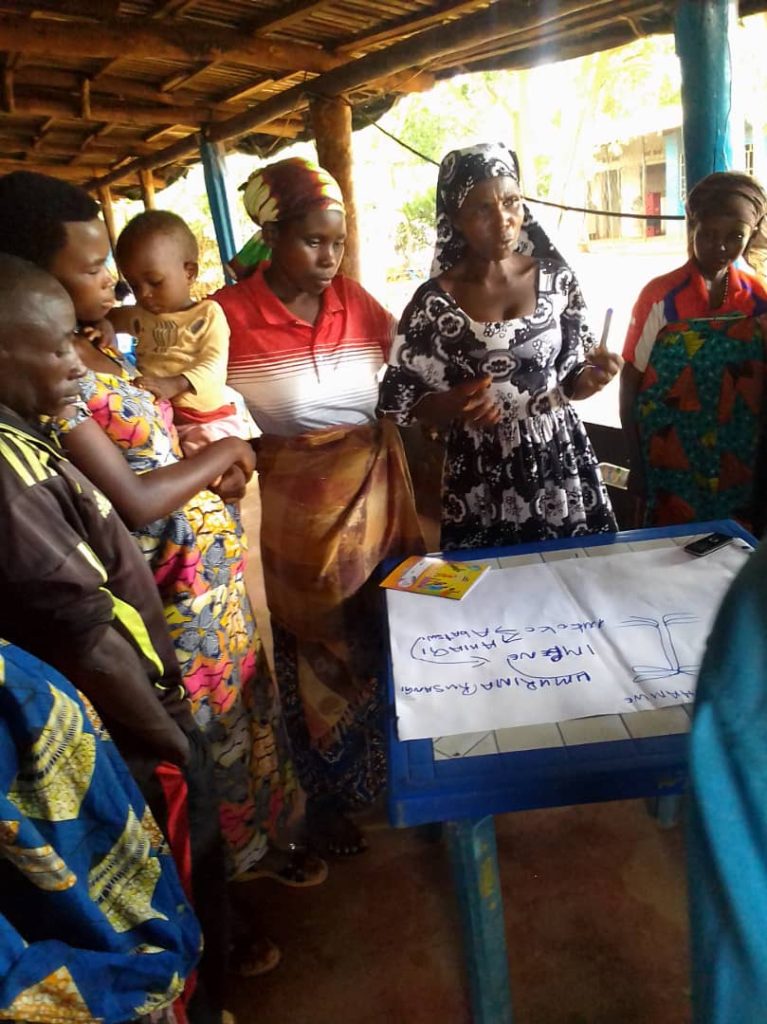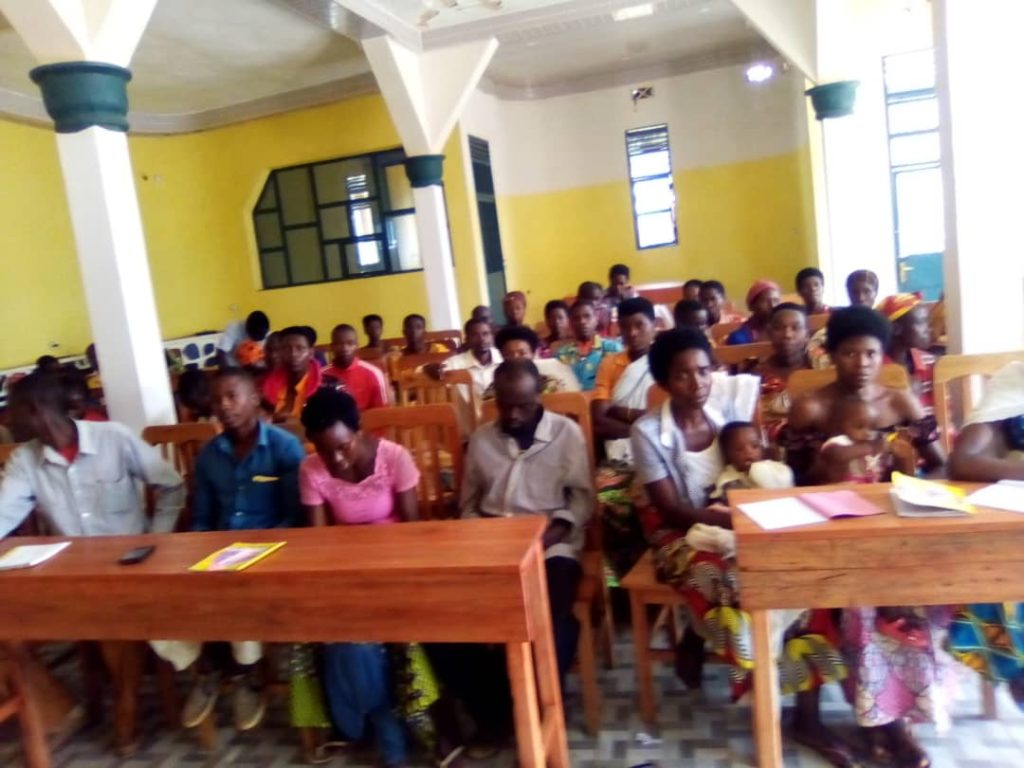“I’m very happy with what I’ve just learned. I thought you had to have a lot of money to think about setting up an income-generating activity (IGA). Now I see things more clearly”. These were the words of Madame Nsabiyaremye Jacqueline, a forty-something from colline Munyika II, commune Rugombo, at the end of a training course on the design and implementation of income-generating activities. The training was organized by ACORD-IPROSARUDE as part of the Nkuriza project. It took place this Friday, September 29, 2023 on all the hills of Cibitoke province.
It’s already known. Income-generating activities (IGAs) contribute to the economic and social development of individuals and groups, and help to ensure the sustainability of social structures (schools, health centers, etc.). With this in mind, more than 131 groups of vulnerable people received training in IGA management, to ensure the sustainability of the Nkuriza project’s achievements in Cibitoke province.
It’s a well-known fact. Income-generating activities (IGAs) contribute to the economic and social development of individuals and groups, and to the sustainability of social structures (schools, health centers, etc.). With this in mind, more than 131 groups of vulnerable people received training in IGA management, to ensure the sustainability of the Nkuriza project’s achievements in the Cibitoke province.
According to Espérance Nsabumukama, a facilitator in the Cibitoke province, setting up an income-generating activity (IGA) as part of the Nkuriza project is a way of perpetuating the project’s impact.While the idea is appealing, the implementation of IGAs can prove complex, as evidenced by certain difficulties regularly encountered in the field: weak outlets, overestimation of profits at the start of the project, the need to comply with quality standards, difficulties in managing stocks and cash flow, etc.Hence the need for this training to equip beneficiaries.

This training workshop covered all the stages involved in setting up an income-generating activity: diagnosis, implementation, management and follow-up, the different types of IGAs, anticipating and managing the risks associated with IGAs, and the stages and tools for setting up IGAs. At each stage, frequently encountered bottlenecks were identified, along with techniques and tools for anticipating and avoiding them.
The theoretical input provided by the trainer was complemented by concrete examples, group presentations by the beneficiaries themselves, case studies and the recounting of a few experiences.
E.Allickan Niragira


Recent Comments